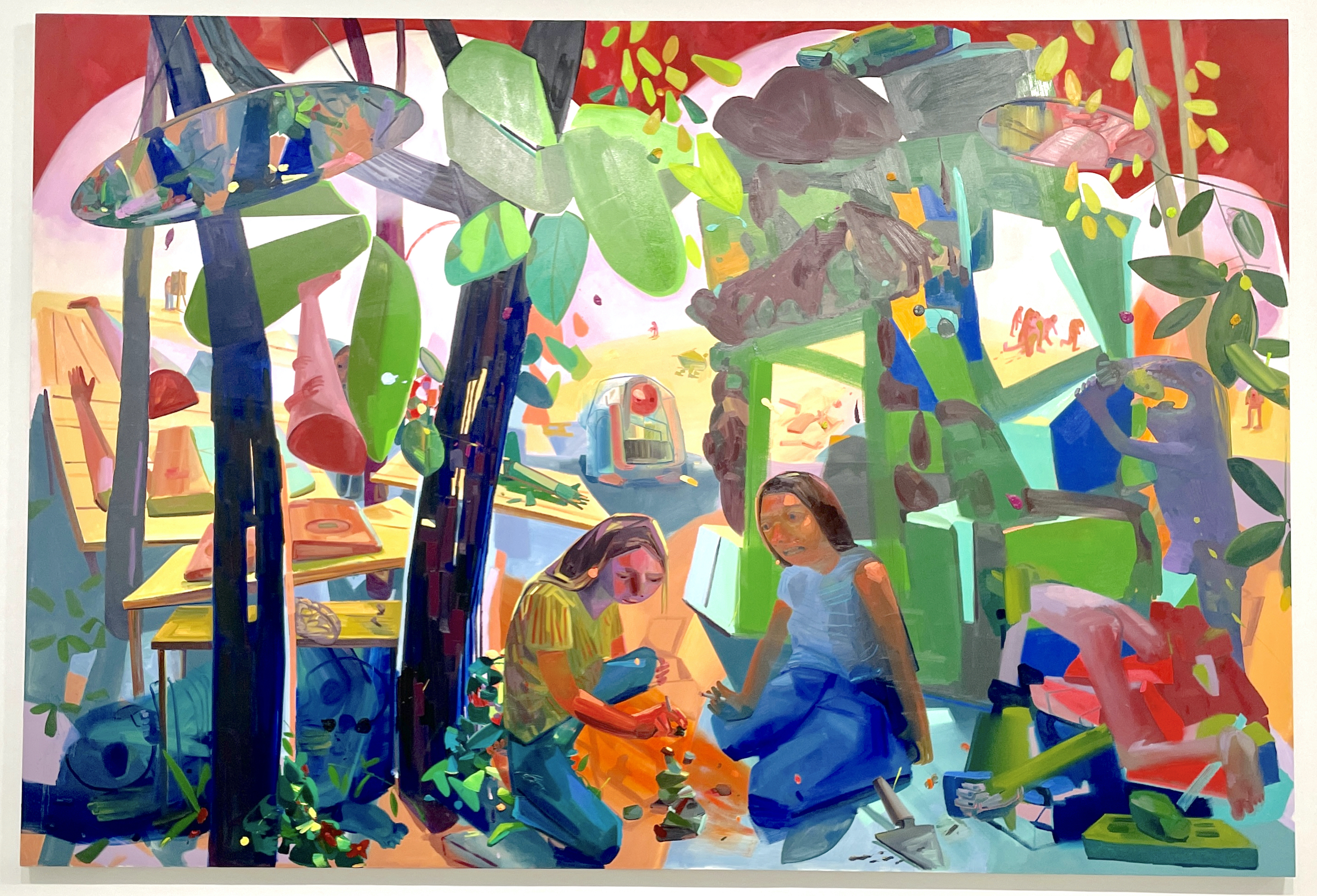Messiaen was a hobby ornithologist, and was charmed by Loriod’s name, which sounded like “loriot,” or “oriole,” one of the birds that would make its way into his “Catalogue.” And although they began to spend a lot of time together, on and offstage, their romance didn’t start right away. Many have read Messiaen’s trilogy of works inspired by the Tristan and Isolde myth — “Harawi,” “Turangalîla” and “Cinq Rechants” — as a sublimation of his feelings for Loriod. She loved him, but he was married to Claire Delbos, who was ill and in a nursing home; Loriod would drive Messiaen to visit his wife until Delbos died, in 1959.
Two years later, Loriod and Messiaen were married in Paris. By then, she was the reigning interpreter of his piano music. She took up works he had written before they met, like the keyboard part in the “Quartet for the End of Time,” and those she had inspired, which are captured on the Véga recordings.
The box set includes an account of “Visions,” recorded with Messiaen, as well as of “Turangalîla,” with Loriod on piano and her sister, Jeanne, playing the ondes Martenot, an eerie, early electronic instrument. (For decades, it was almost a given that “Turangalîla” performances with one sister would include the other.) Her recordings of “Vingts Regards” and “Catalogue” remain authoritative reference documents, even as other pianists have added their own performances to the mix.
By the time Loriod turned 30, though, her repertoire included so much more: the major keyboard works of Bach, Beethoven and Mozart; standards by Chopin, Schumann, Liszt, Debussy and Ravel; pathbreaking pieces by Schoenberg, Berg and Webern; and contemporary entries by Boulez, André Jolivet and Poulenc. When two pianists backed out of the French premiere of Bartok’s Second Piano Concerto, deeming it too difficult, she took it up with just days to prepare.



